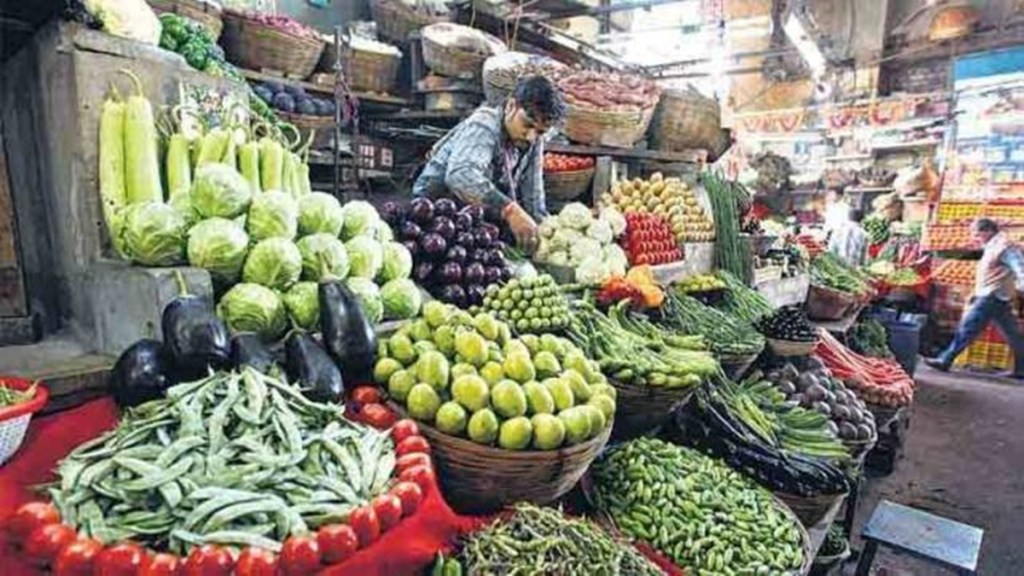After staying in the deflationary zone for seven straight months, the wholesale Price Index (WPI) turned to positive territory in November at 0.26%, as food prices picked up sharply during the month.
The WPI food inflation rose to a three-month high of 4.69% in November from 1.07% in October, driven by a surge in prices of key vegetables, mainly onions. The wholesale inflation rate in onions spiked to a 44-month high of 101.24% in November, which pushed vegetables inflation to a three-month high of 10.44%.
Vegetables had played a crucial role in pushing CPI inflation to a three-month high of 5.55% in November as well.
“The WPI-CPI gap has remained within 5.3-5.4% since the last three months due to a greater increase in CPI led by food. Food items continue to be a major obstacle which could see a rise in both WPI and CPI. However, as WPI always tends to rise faster than CPI, the increase in food could narrow the gap,” said Anitha Rangan, chief economist, Equirus Securities.
“Overall, the wholesale price inflation trajectory shows energy input and manufacturing costs remain broadly under control. This was also reflected in retail CPI inflation earlier this week, but the volatility in vegetable prices may continue to impact the headline CPI inflation in the near term,” Barclays economists said in a report.
Among the three groups – the inflation rate of ‘primary articles’, consisting largely of food items, rose to 4.76% in November from 1.82% in October, while that of ‘fuel and power’ decreased to (-)4.61% from (-)2.47%. Inflation of ‘manufactured products’ increased to (-)0.64% in November from (-)1.13% a month back.
However, on a sequential basis, the indices of all the three groups were higher during November – with ‘primary articles’ recording a 1.3% rise month-on-month, the sharpest in 4 months. The indices of ‘fuel and light’ and ‘manufactured products’ were up 0.8% and 0.1%, respectively, month-on-month.
Apart from vegetables, sequential upticks in prices were seen in cereals, pulses, fruits and milk in November.
Fuel and power’s index rose month-on-month, driven entirely by higher electricity prices, partly offset by declines in petroleum products, and flat coal prices.
The inflation of ‘manufactured products’, which accounts for 64% of the WPI basket, remained negative for the ninth straight month in November. This is perhaps a consequence of lacklustre global demand for industrial metals, which is driving manufactured prices lower.
“That said, while manufacturing remains in a deflationary trend, the positive takeaway is that the intensity of price decline has been coming down. As industrial activity continues to recover, we will see manufacturers get back pricing power which will help improve their profitability going forward,” said Mohit Ralhan, CEO, TIW Capital.
In the coming months, the rising domestic food prices as well and an unfavourable base may push WPI inflation above 1.5% in December, say experts.
“Nevertheless, the headline print is unlikely to increase substantially thereafter, amid expectations of commodity prices remaining benign; we expect the WPI inflation to print at 1.5-2.0% in the remainder of FY24,” said Aditi Nayar, chief economist, ICRA.

